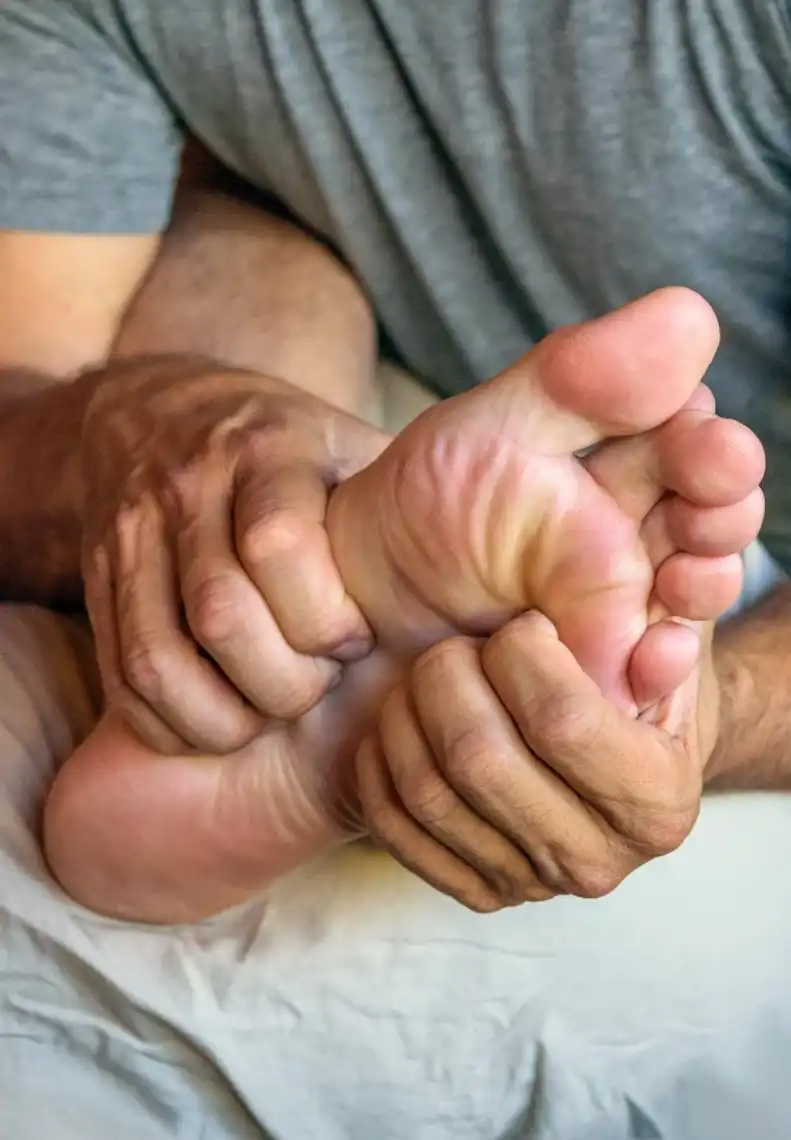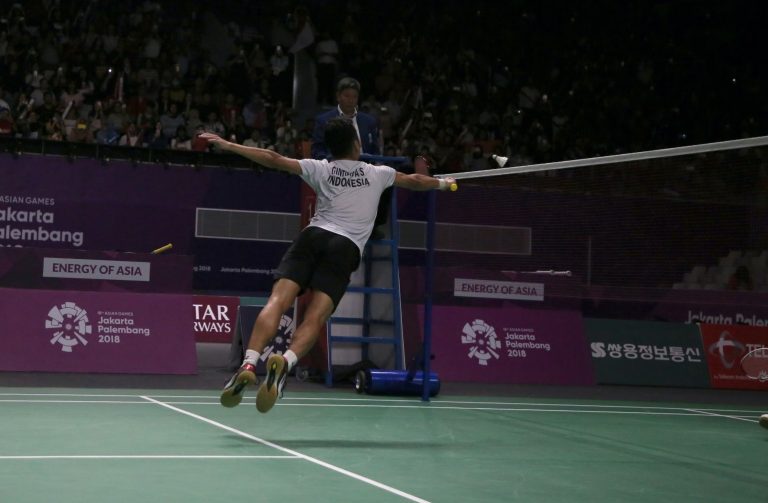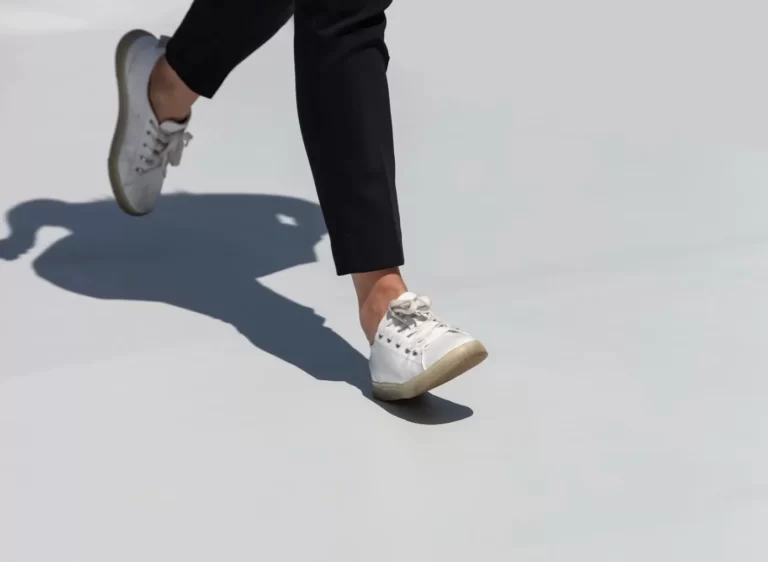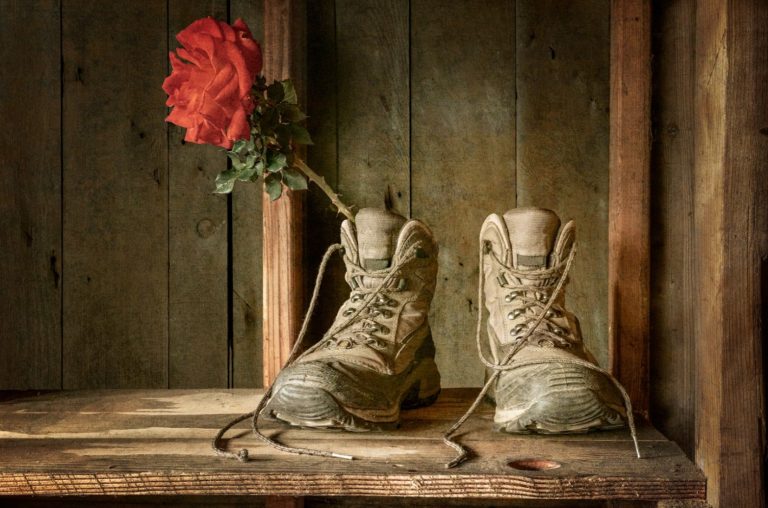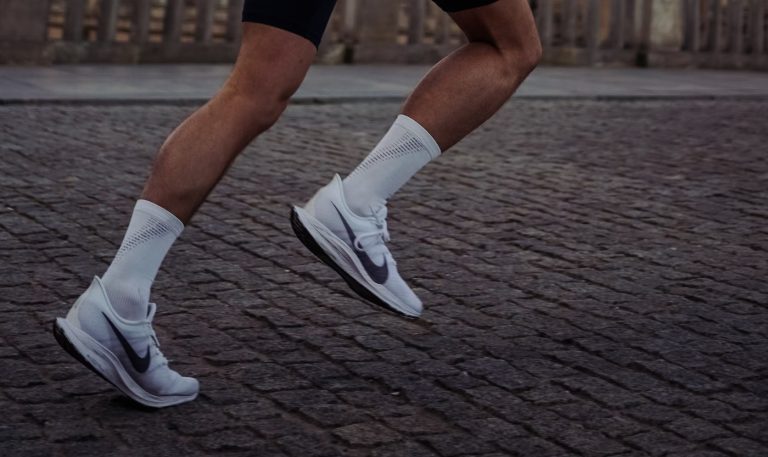Fallen Arches: Relief for Flat Feet and Arch Pain
Did you know that a huge 75% of Americans will have foot or arch pain? This pain often comes from having fallen arches, or flat feet. This article is here to help you learn about, prevent, and fix your fallen arches to feel better.
Fallen arches, or flat feet, can happen for many reasons. Getting proper support for your arches is important. We’ll talk about some good stretches and exercises, too. And how you can do outdoor activities and play sports even with flat feet. By the end, you’ll know what to do about your flat feet for better health and comfort.
Key Takeaways
- Fallen arches, or flat feet, are a common condition that can lead to a range of foot-related issues, including arch pain, discomfort, and limited mobility.
- Proper arch support, through the use of inserts, orthotics, or specialized footwear, is crucial for alleviating foot pain and improving overall foot health.
- Incorporating targeted stretches and exercises can help strengthen the feet and prevent further arch collapse.
- Lifestyle changes, such as maintaining a healthy weight and choosing the right footwear, can help manage and prevent fallen arches.
- Seeking medical attention is important for addressing persistent or severe arch pain, as it may require specialized treatment.
Understanding Fallen Arches and Flat Feet
Fallen arches, or flat feet, happen when the arches of your feet fall or don’t form right. This makes the whole sole touch the ground, causing pain, discomfort, and limited mobility.
What Are Fallen Arches?
Fallen arches, or flat feet, means your foot’s natural arch is missing or has fallen. This can be due to many things, like genes, getting older, getting hurt, or being overweight. When the arches aren’t there, your sole lies flat on the ground.
Causes of Flat Feet and Overpronation
Flat feet and overpronation, where your feet roll too much inward, can come from family traits, getting older, or health issues. Your genes might make you more likely to have flat feet. Also, growing older, being hurt, or being overweight can speed up the fall of your arches.
Symptoms of Arch Pain and Discomfort
People with flat feet might feel aches, stiffness, and see their feet swell. They could also find standing, walking, or running hard. This is because the missing arch support makes their feet get tired and ache.
It’s key to know what causes and what signals fallen arches. This knowledge helps find ways to stop the discomfort and pain.
The Importance of Proper Arch Support
Getting the right arch support is key. It helps with fallen arches and flat feet. Arch supports and orthotics make foot pain better. They also make your feet more stable and reduce strain.
How Arch Support Can Alleviate Foot Pain
Good arch support shares your weight better. This stops too much arch collapse and overpronation. So, your feet feel better and work well. With the right support, even if you have fallen arches, you can stay active and free from pain.
Types of Arch Supports and Orthotics
There are many arch supports and orthotics to choose from. Some are ready-to-buy while others are customized. Ready-to-buy ones offer basic arch support and help with light foot pain. Custom orthotics, on the other hand, are made just for you. This provides very specific arch relief. It’s smart to talk to a doctor to find out what’s best for your fallen arches and other foot problems.
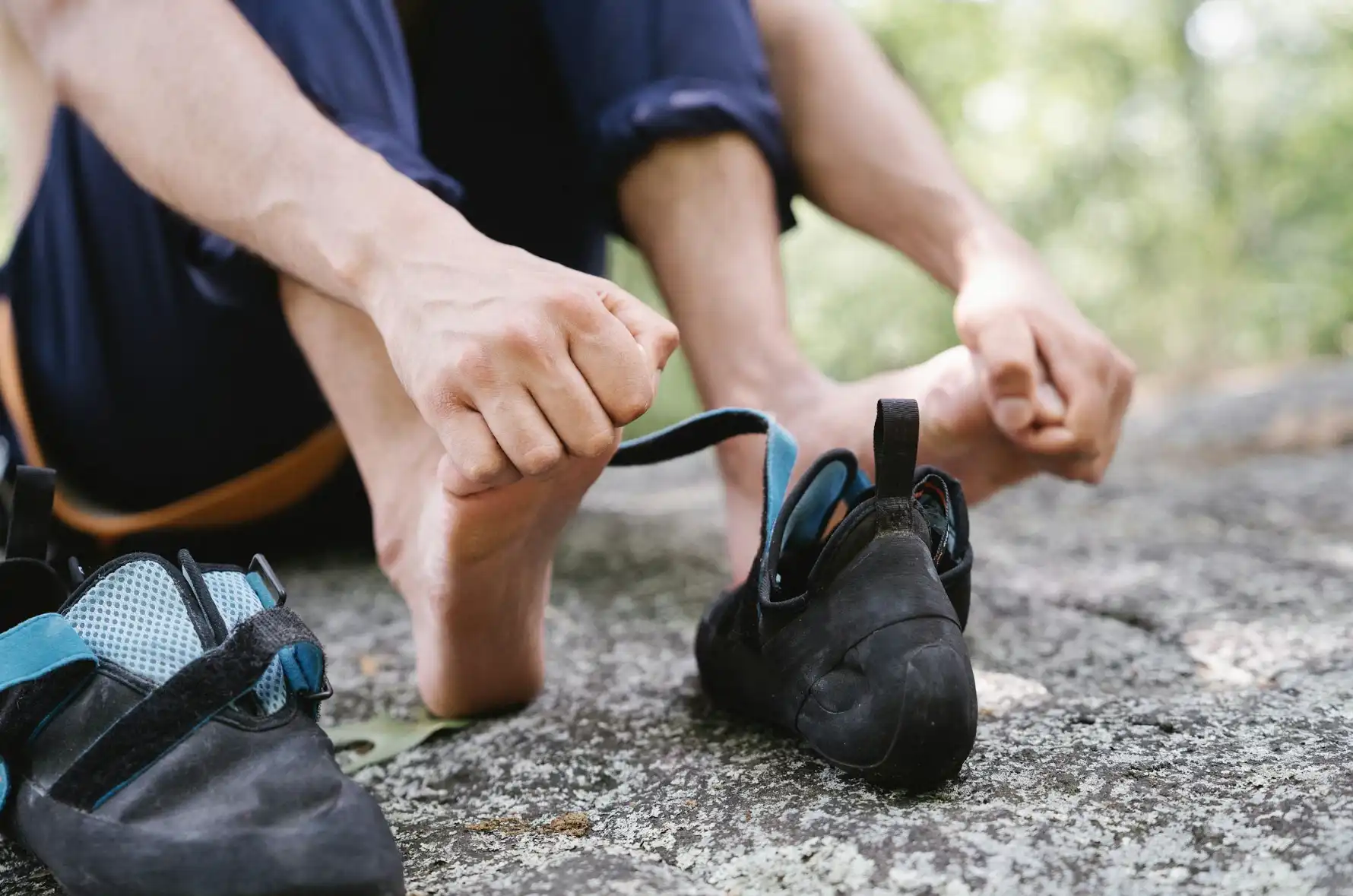
Stretches and Exercises for Arch Relief
Adding stretches and exercises to your day can help a lot. This is especially true for those with fallen arches and flat feet. Improved arch flexibility and foot strength are big helps. They let you help yourself feel better and keep your feet healthy.
Calf Stretches to Improve Arch Flexibility
If you have fallen arches, work on your Achilles tendon and calf muscles. These are very important. Stretching your calves often makes your arches more flexible. This also makes your feet more stable and reduces foot strain.
Foot Strengthening Exercises
It’s vital to make your arch-supporting muscles stronger. Doing toe curls and arch lifts can achieve this. They make your feet stronger to support your arches and lessen arch pain. These exercises also help with balance and reduce discomfort from fallen arches.
Use arch support with stretches and exercises for the best results. This mix is key for fallen arches management and arch relief. You can stay active and comfortable while you deal with foot issues.

Fallen Arches: Prevention and Management
Fallen arches can be tough to deal with, but there are ways to help. It’s important to wear shoes that support your feet well. These are shoes that have good .
Choosing the Right Footwear for Arch Support
Getting the right shoes or inserts can really help your arches. Benefits include
and stopping from getting worse. Choose shoes with strong midsoles, shaped footbeds, and extra padding. They will help your feet stay in their natural shape and support your weight correctly.
Lifestyle Changes to Reduce Strain on Arches
Changing your habits can lessen the pressure on your arches. This includes keeping a healthy weight. Also, take part in exercises like swimming or biking. Avoid activities that need a lot of standing or are rough on your feet. These changes can help control arch issues.
By using these tips and improving your lifestyle, you can manage fallen arches. This way, you can lead a more active and comfortable life.
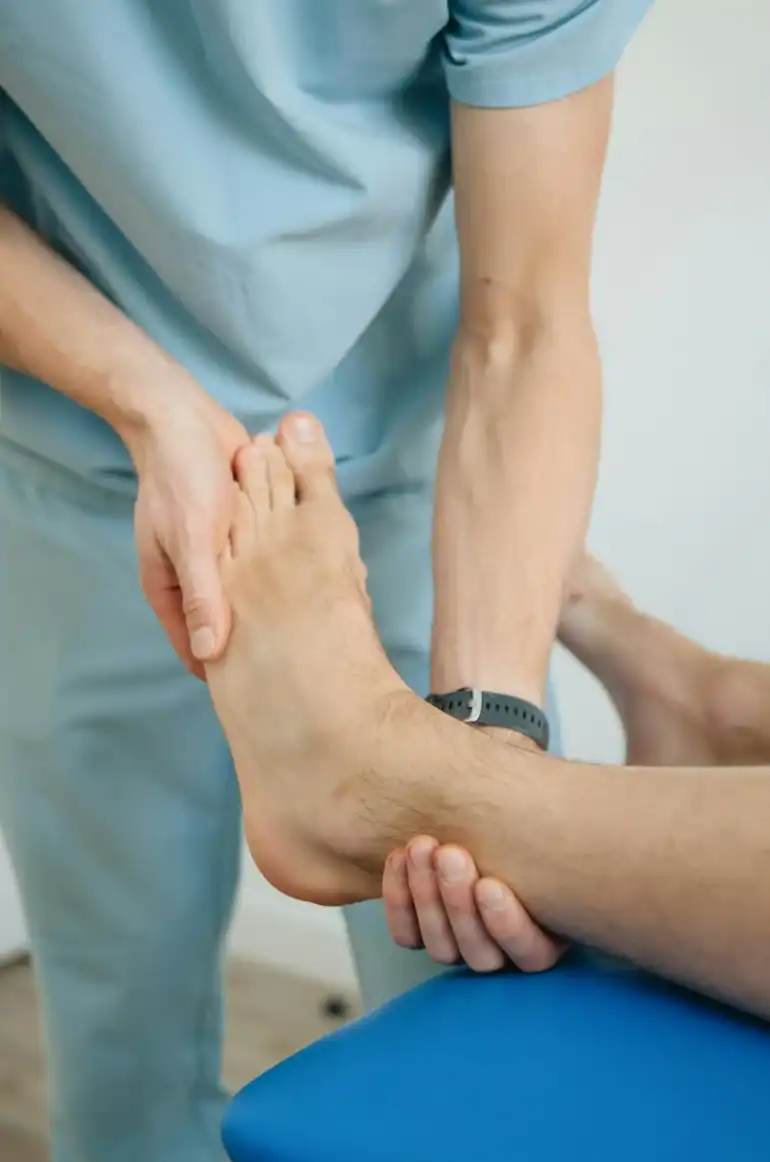
Dealing with Persistent Arch Pain
Some folks with fallen arches can feel a lot of arch pain. This pain might be really bad or last a long time. If your feet hurt a lot, are very swollen, or you can’t move well, see a doctor. They can figure out how bad it is and what treatment will help you.
When to Seek Medical Attention
If your arch pain keeps going, even with things like special supports or stretches, you may need to see a doctor. Bad arch pain, lots of swelling, or not being able to do daily tasks right might mean you need quick medical help. Your doctor will look into why your arch pain won’t stop and plan special care for you.
Treatment Options for Severe Cases
In really bad arch pain, when easy fixes don’t work, your doctor might suggest different plans. This could be things like working with a physical therapist, having special orthotics made, or possibly surgery for serious foot problems. Physical therapy makes foot muscles stronger and more flexible. Custom orthotics give your feet the support they need. Sometimes, surgery is the best way to fix the problem for good.
It’s key to get help early and follow your healthcare team’s advice to beat persistent arch pain. Finding and treating the real cause can help a lot. This way, you can get better and enjoy an active life without pain.
Hiking and Outdoor Activities with Fallen Arches
Hiking or trekking with flat feet might sound tough. But, with proper gear and planning, it’s possible. Those with hiking with fallen arches can still have fun outdoors and get healthy.
Specialized Footwear for Hiking and Trekking
For outdoor activities flat feet, the right shoes are vital. Look for hiking boots or shoes with good arch support hiking. They should have extra cushion, stability, and control.
Also, think about using supportive insoles or custom orthotics. They boost arch support and comfort. These add-ons offer the right support for outdoor activities.For more top-rated options, visit our best flat feet insoles page.
Tips for Enjoying the Outdoors with Flat Feet
Having the correct shoes is the first step. But, there’s more to a great time outdoors with outdoor activities flat feet. Take breaks to stretch and give your feet a rest. This helps prevent overuse.
Pay attention to the ground you walk on. Avoid very hard activities for a long time. This can be hard on your hiking with fallen arches. Following these steps, anyone with flat feet can enjoy the outdoors. Whether it’s a short hike or a longer adventure, it’s doable with the right approach. Managing the challenges of specialized footwear flat feet is key to having fun outdoors.

Foot Care and Arch Support for Athletes
We athletes face tough challenges with fallen arches and flat feet. The stress from high-intensity sports can make foot problems worse. This is why taking care of our feet and using arch support is vital. It helps us avoid injuries and stay at our best in sports.
Preventing Arch Injuries in Sports
Arch injuries, like plantar fasciitis, are a big problem for those with fallen arches. We add special exercises and stretches to our workouts to make our feet stronger. This helps lessen the chances of getting these painful conditions. Doing calf stretches, foot exercises, and using arch supports help prevent arch injuries. They keep us playing on the field or court.
Choosing the Right Athletic Shoes
Picking the best athletic shoes is key for athletes with flat feet. The right athletic shoes for flat feet must have solid arch support. They stop too much inward foot rolling and help spread our weight evenly. With good, supportive shoes, we can stay away from arch injuries. We can also keep up with our sport.
| Feature | Importance for Athletes with Flat Feet |
|---|---|
| Arch Support | Crucial for providing stability and preventing excessive pronation, reducing the risk of arch-related injuries. |
| Cushioning | Helps absorb shock and reduce stress on the feet, especially during high-impact activities. |
| Stability | Enhances balance and control, preventing further arch collapse and maintaining proper foot alignment. |
Choosing shoes with good arch support is a smart move for athletes. It’s a step towards keeping our feet safe and enjoying our favorite sports. We won’t have to deal with the pain and discomfort of arch injuries.
The Role of Arch Support in Plantar Fasciitis
Fallen arches and flat feet often cause plantar fasciitis. This is a common issue that makes your heel and foot arch hurt. When your feet don’t get enough arch support, it puts too much pressure on the plantar fascia. This is the tissue under your foot. To stop or manage plantar fasciitis, it’s key to support your arches with the right shoes or inserts. These tools can really help ease the pain.
Good arch support helps spread your weight better. It takes some pressure off the plantar fascia. Doing this not only eases your arch pain but also stops the problem from getting worse. Or it keeps it from coming back. So, getting shoes, orthotics, or special arch supports can make a big difference.
Adding some foot and leg exercises to your routine can help too. They strengthen your arches and help them heal. By tackling the main issue head-on, we can make the pain go away for good. This stops plantar fasciitis from being a big problem.
| Arch Support Benefits | Plantar Fasciitis Relief |
|---|---|
| Distributes weight evenly across the foot | Reduces strain on the plantar fascia |
| Provides stability and support for fallen arches | Alleviates heel and arch pain |
| Helps prevent further arch collapse | Promotes healing and prevents recurrence |
| Enhances overall foot comfort and function | Enables a return to normal daily activities |
Fallen Arches: Relief for Flat Feet and Arch Pain
This guide has looked at many points about fallen arches. We understand the issue, know the need for good arch support, have found stretches and exercises that work. We also know how to prevent and manage this problem. And we see how arch support helps with other foot pains like plantar fasciitis. Those with fallen arches and flat feet can benefit a lot. They can get lasting arch relief, better foot health, and live an active life in comfort.
Conclusion
Fallen arches and flat feet are common and can really hurt our foot health. But, by knowing why they happen and getting the correct arch support, we can feel better. Adding certain stretches and exercises helps too.
Are you an athlete, love the outdoors, or find foot pain a big issue? The tips in this article are just what you need. They’ll help you move towards better foot health and a happier life.
It’s all about the right care and sticking to it. With the right arch support and methods, we can beat fallen arches. Then, we’re free to enjoy life without foot pain. This way, we keep being active and living healthy.

